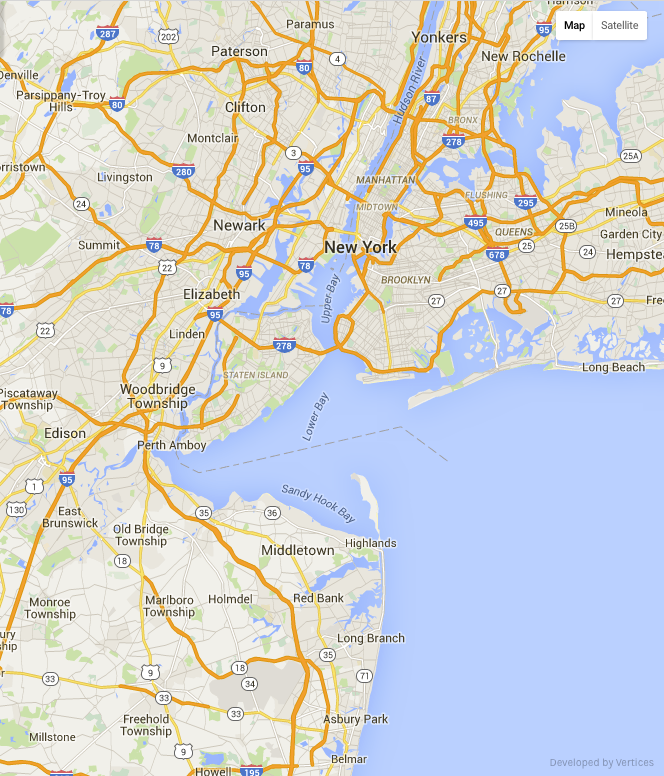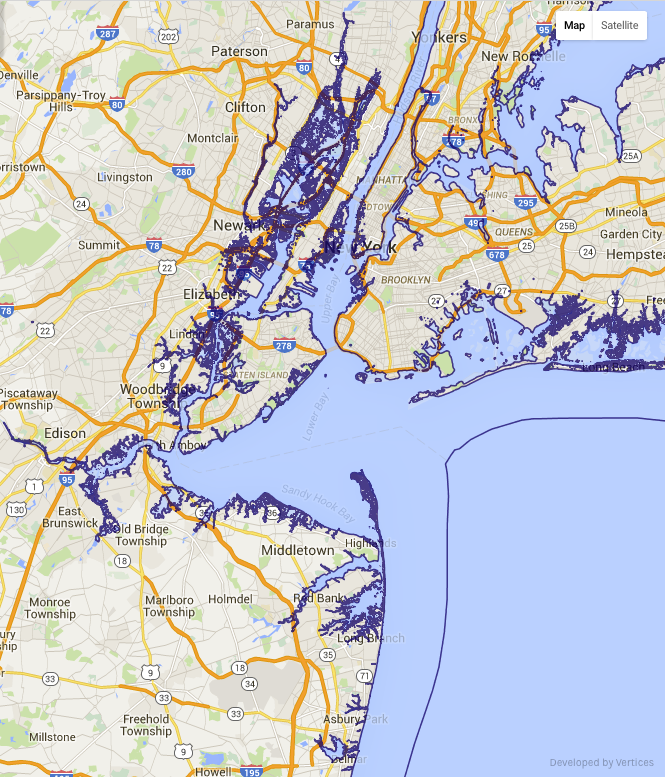
Is the future of healthcare shifting towards employing clinical analysis technology to administer value-based care? Analytic technology allows healthcare providers to understand their patient population better using social determinants of health. The analytic technology uses electronic health records to measure health trends amongst the targeted population.
Value-based care is collecting relevant data sources specific to socio-economic and social determinants of health unique to a specific population to plan appropriate interventions. These strategies have the potential to improve health outcomes specifically targeted areas at lower costs. Cost can be lower through a thorough analytical investigation of community needs trends and provider behaviors that increase cost. Carilion Clinic in Virginia is currently utilizing value-based care and analytical technology to serve its community better.
For more information check out this article:
Image:














You must be logged in to post a comment.